Hanging baskets, containers and flower pouches add a whole new dimension to gardening, helping to utilize all the available space. With hanging baskets and flower pouches you can brighten up a sunny wall, or with the right choice of plants, even add color to those tricky shady areas. Why not grow fresh herbs throughout the winter with an indoor basket next to a sunny window!
Top 10 Hanging Basket Flowers
Lantana
Lantana is a plant that is easy to grow and flourishes with even little moisture. This flower brings a colorful interest to the garden as it produces brightly colored flowers throughout summer and fall. These verbena-like flowers have been appreciated for their extended bloom time. Trailing varieties can even be grown in hanging baskets. It is a magnet for hummingbird and butterflies, which makes it an ideal flower for hanging baskets.
This flower can reach 6' high, and the colors include yellow, orange, white, red, purple, and often times a mixture of these colors within the cluster.
Maintenance Tips:
Lantanas are planted during the springtime. They require a sunny location and prefer a slightly acidic soil, even though they are tolerant of many types of soil conditions. Newly planted flowers require much watering, but require little maintenance afterwards. They are even tolerant towards dry conditions, so watering once a week should be enough. Only a light dose of fertilization is required during spring.
However, if it is kept too wet it may cause root rot. Pests such as whiteflies can cause discoloration in the plant. Despite being an easy maintenance plant it is not completely unproblematic as the leaf of the plant may leave a rash.
Lobelia
A plant like lobelia should be a pleasure for any garden as it blossoms during mid-summer and continues to up until the first frost. These plants are great assets to a garden and look especially gorgeous in hanging baskets. The lobelia plant is an attractive annual herb with many varieties. Most of the varieties grow only three to five inches tall, but there are others that will grow up to three feet. It is most commonly described as light blue to violet in color with pale green and yellowish leaves. However, colors may vary from white, red, blue to pink.
Maintenance Tips:
This plant typically requires an area with full sun but will tolerate partial shade. Additionally, they prefer moist and rich soil. It is an easy to grow plant that even enjoys cool weather. Once it has been planted it requires little maintenance. Though, during hot and dry periods, it needs frequent watering. Moreover, a general-purpose liquid fertilizer can be given once a month or every six weeks. Apart from being an ideal flower for a garden it is also used to treat asthma and allergies.
Pelargoniums/ Geraniums
Pelargoniums are more commonly known as geraniums. They are a large group of evergreen plants mostly used for bedding, as houseplants or in hanging baskets. All flowers open from the center. The leaves are usually long stalks with dark or light patterns. The requirements of growing pelargoniums are different from other plants. It can tolerate moderate light condition, but needs six to eight to right hours of light for blooming.
Maintenance Tips:
The temperature needs to be around 65 F -70 F during the day and 55 F at night. Similarly, they need to be grown in a well-draining potting soil with equal amounts of soil, peat and perlite. The ideal time to plant the pelargoniums is after winter is finished, as they must be protected from cold weather. Watering, of these plants should be done deeply, and daily during hot weather. In this case, fertilizing is necessary.
Either use a water-soluble houseplant fertilizer or a five-ten-five fertilizer every four to six weeks throughout their growing season. This plant can suffer from viruses transferred by sap sucking insects like thrips, or through cross-handing of gardening tools. Damp conditions of the soil and poor air circulation may cause grey mould.
Portulaca
It is a low growing ground cover type of plant. It is known as the sun rose, or the moss rose. These plants are very stunning and are used to beautify old structures and walkways, as they grow well in to old cracks in the structures. This particular plant is native to Brazil, Argentina and Uruguay. The moss rose has several bright colors like pink, red, yellow, orange, lavender and white. These plants will grow out of hanging baskets, which could be an issue as this flower will grow around and underneath the basket. On the other hand, this makes the care of these plants easy as it not necessary for these plants to be watered regularly.
Maintenance Tips:
These flowers love full sunshine and tolerate many kinds of soil, but prefer sandy and well-drained soil. They are ideal as they will spread themselves even in high heat and drought conditions. Thus, control methods need to be used to keep these plants away from undesired areas within the garden. While caring for this plant you will have to keep in mind that aphids can trouble this plant, particularly during springtime.
Begonias
Begonias are attractive hanging basket flowers to grow for many reasons. Their care is easy and they easily bloom, filling the gaps in your garden. Although these plants are native to tropical and subtropical climates they easily grow in many different environments. Because of this, they are readily available in most gardening stores. These flowers resemble roses and grow to a height of six to 9 inches. There are over 10,000 varieties of begonias under cultivation and you can buy these flowers in a range of colours. The care and maintenance of Begonias is relatively simple.
Maintenance Tips:
Like with most plants, location and watering are both very important in the care of begonias. Begonias like the sun but during extremely hot summer days, it always better to plant Begonias where they will get some shade. It is important to make sure that the soil for these plants should be kept moist at all times. It is advised to water these plants at their base in order to avoid any fungal disease. When you can set them in containers or baskets, make sure to remove dead flowers and trim off long stems. You can bring begonias inside right before frost as they will die in even light frost.
Black Eyed Susan Vine
Black Eyed Susan Vine is a perennial that is usually grown in cooler zones. They are native to warm and tropical regions of Africa, Madagascar and Asia. Also known as Thunbergia alata, this plant is a very common houseplant and usually seen in hanging baskets because of its easy care and charm. They have a dark, solid centre which is surrounded by petals, hence the name. The leaves of the black eyed susan are coarse and are either heart-shaped and arrowhead shaped.
The petals are usually orange, yellow or white. However, they also come in varieties of salmon, ivory and red. The black eyed susan vine is fast growing. Its vines coil around themselves and need to be supported by a vertical structure that acts as an anchor. However, in hanging baskets these plants beautifully spill over. Although their care is easy however, a few things need to be considered.
Maintenance Tips:
They need plenty of sun. Their soil should remain moist but not soggy. Make sure to water the plant correctly and to deadhead regularly. During really hot weather, whiteflies and spider mites may become potential problems. Any breakouts should quickly be treated with insecticidal soap.
Fuchsia
Fuchsias are beautiful hanging basket flowers that were originally discovered in the Caribbean and are native to South America. Fuchsias are flowering plants that mostly consist of shrubs or small trees. Their two-tone color and delicate appearance is the reason why most prefer growing them. However, they need special attention and are hard to plant. You need to make sure that there are no insects in the around the area where the stem and leaf meet.
Maintenance Tips
Fuchsias need to be kept in a semi-sunny area as they don’t like sunlight and do better in cooler temperatures. Extremely hot temperatures along with a lot of sunlight will weaken the plant and hinder its growth. During extreme summer days, it is important to hang the hanging baskets in cooler areas. Fuchsias require moist soil. However their roots may rot if they are over watered so it is important to keep them in baskets that provide adequate drainage. You should fertilize them every two weeks and avoid the frost when the temperature gets cooler. If proper care is practiced, fuchsias will grow all summer long.
Million Bells
Calibrachoa, or Million Bells, is a perennial that is native to South America and was introduced in the early 1990s. It grows 3 to 12 inches tall and comes in various colors such as pink, yellow, white, blue and red. Their foliage is bright green, oval shaped and compact and their blooming period is from spring to frost. They are one of the best flowers for hanging baskets as they blossom nonstop without deadheading and gracefully spill over the sides of your basket.
Maintenance Tips:
Growing Million Bells is easy and its care is minimal. You need to make sure that the soil in which it is kept is organically rich, moist and well-drained. Million Bells flower best in the sun but putting them with afternoon shade in the summer months, especially in warmer regions, will help them survive extremely hot weather. Their care includes periodic fertilizer application as well. However, this needs to be practiced more regularly if Million Bells is kept in containers or hanging baskets.
Petunias
Petunia is a species of flowering plants originating from South America and is closely related to tobacco, tomatoes, potatoes and chili peppers. These hanging basket flowers come in great variety with single or double blooms, ruffled or smoothed petals, and striped or solid coloured. Most of the petunias sold today are hybrids. Petunias are tender perennials and are known to be one of the most popular flowers.
Maintenance Tips:
They are divided into two groups of Grandiflora and Multiflora petunias. Grandiflora petunias have very large flowers and are often used in containers and baskets. On the other hand, Multiflora petunias have smaller flowers that are more ideal for summer bedding. Caring for petunias is relatively easy. They should be watered regularly and be provided with as much sunlight as possible. The soil in which they are kept should contain well-composed organic matter. To achieve a fuller and more abundant bloom, it is advised to keep them in full sun. They will, however, also grow in partial shade.
Sweet Alyssum
Sweet Alyssum, also known as Lobularia Maritima, is a species of low-growing flowering plant that is native to the Mediterranean. It is commonly used in containers and baskets because of its dainty, fragrant flowers that help it achieve a frothy look when they spill over. Its leaves are grey-green in color and have a narrow, lance shape.
Maintenance Tips:
The flowers have tiny cross-shaped petals that may be white, pink or purple. Sweet Alyssum blooms heaviest during mild spring and autumn. It blooms steadily through the summer in cool summer conditions. In extremely warm regions, its bloom halts during summer. Sweet Alyssum requires well-drained soil with moderate moisture. They should be kept in full sun to partial shade. They requires little maintenance however, they tend to do poorly in places where inadequate moisture is provided. They are also prone to a few pest problems.
How to Create the Perfect Hanging Basket in Three Easy Steps
Choosing Your Basket
Decide what type of basket you want from the variety that is offered. Baskets may be open, enclosed, and decorative or made out of a certain texture. This depends on what vision you have for the hanging basket to look like.
Lining Your Basket
First, you put a layer of moss on the bottom of the basket. It should be filled a third of the way. After this you will have to put powder mix into the basket. Then, put the crystal rain in the basket, but make sure you swell it the night before.
Planting Your Basket
Put the smaller flowers you have selected onto the sides of your basket. Then put another layer of crystal rain. Next you can put any combination of flowers you desire. Make sure you use a different range of colors. Seedlings can also be put into the basket. Continue this process throughout the basket, but make sure there is enough room for the flowers to grow. Finally, give the basket a good watering.
If you have a greenhouse available or can provide the necessary frost protection, then you can begin planting baskets in April. This will let the plants reach their full flowering size very early in the season. If you have no way to protect your plants against frost then it is better to plan your baskets and containers in the start of summer. Also, planted hanging baskets can be protected by bringing then under the cover at nighttime during winter.
Water your plant daily, particularly during warmer seasons. Video that shows how to create the perfect hanging basket-in three easy steps:


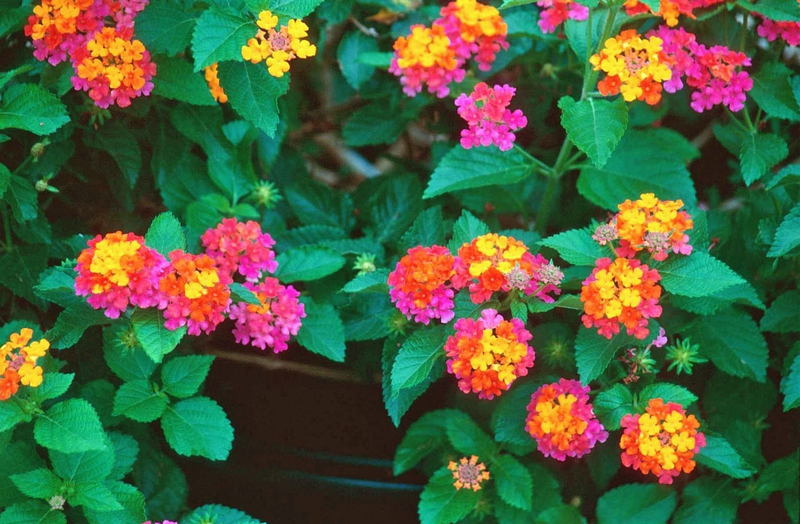
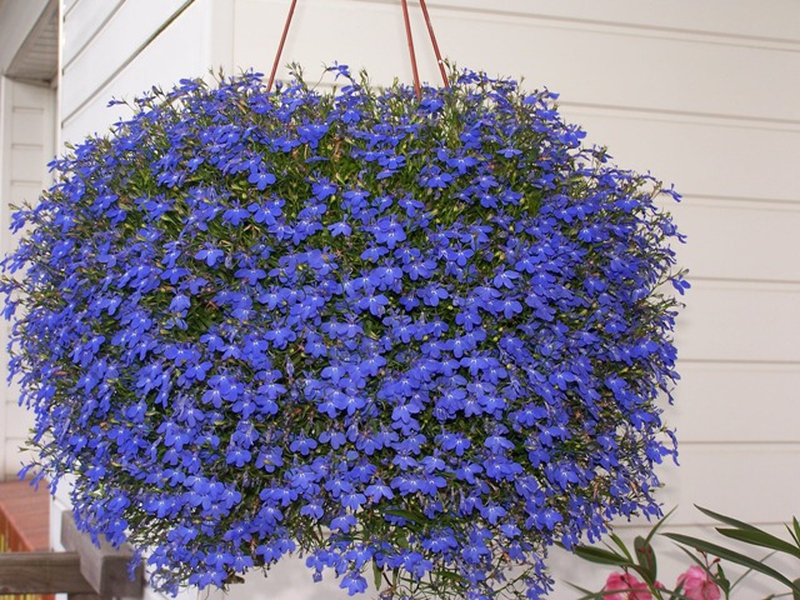

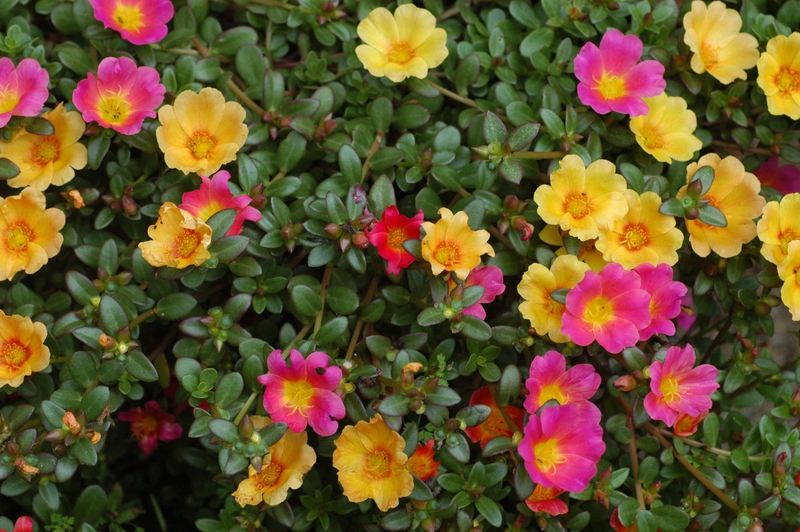

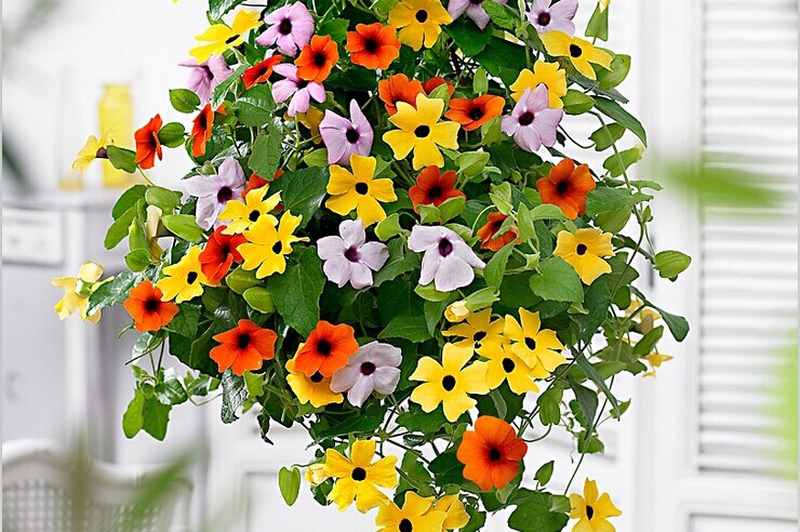

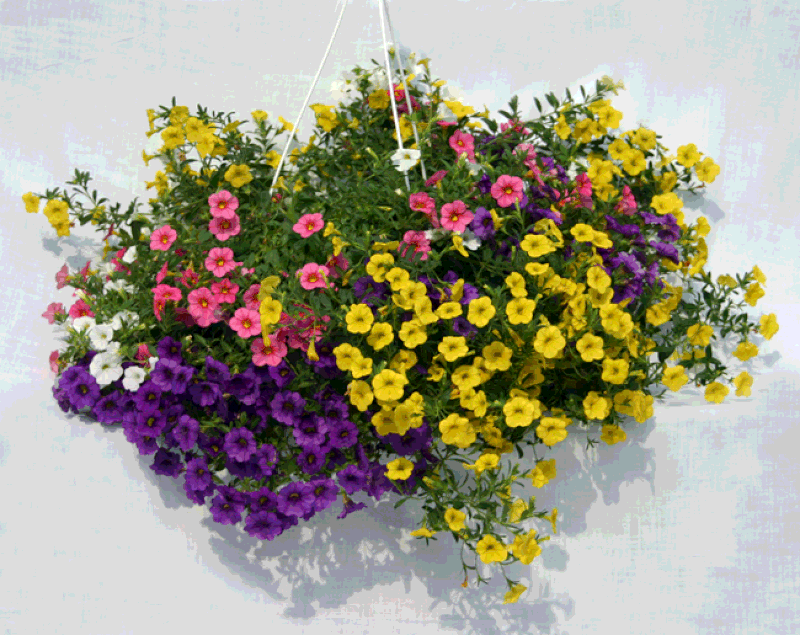
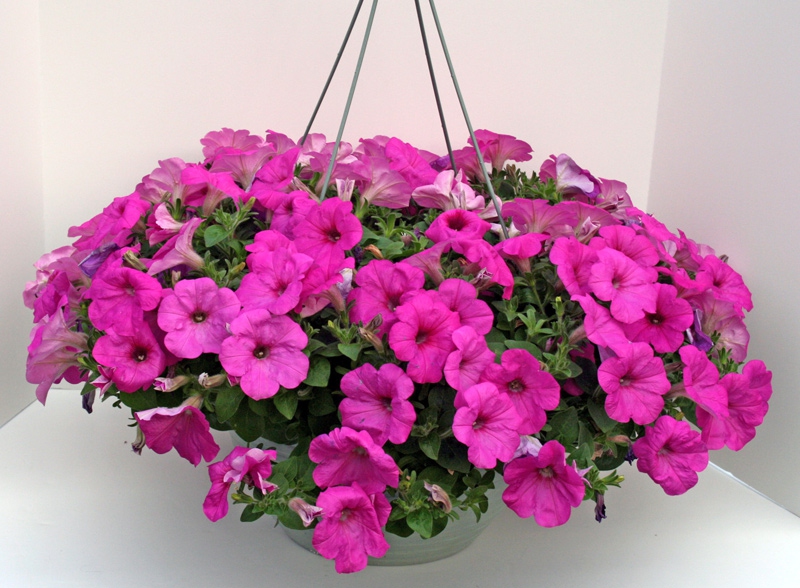
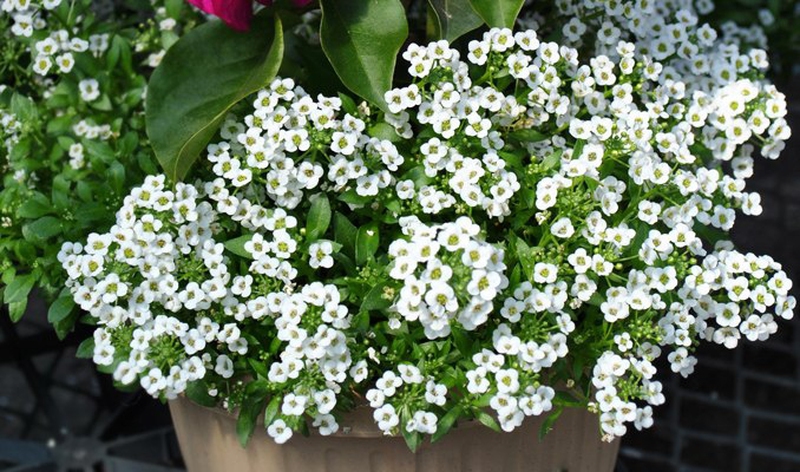
View All Comments /Add Comment